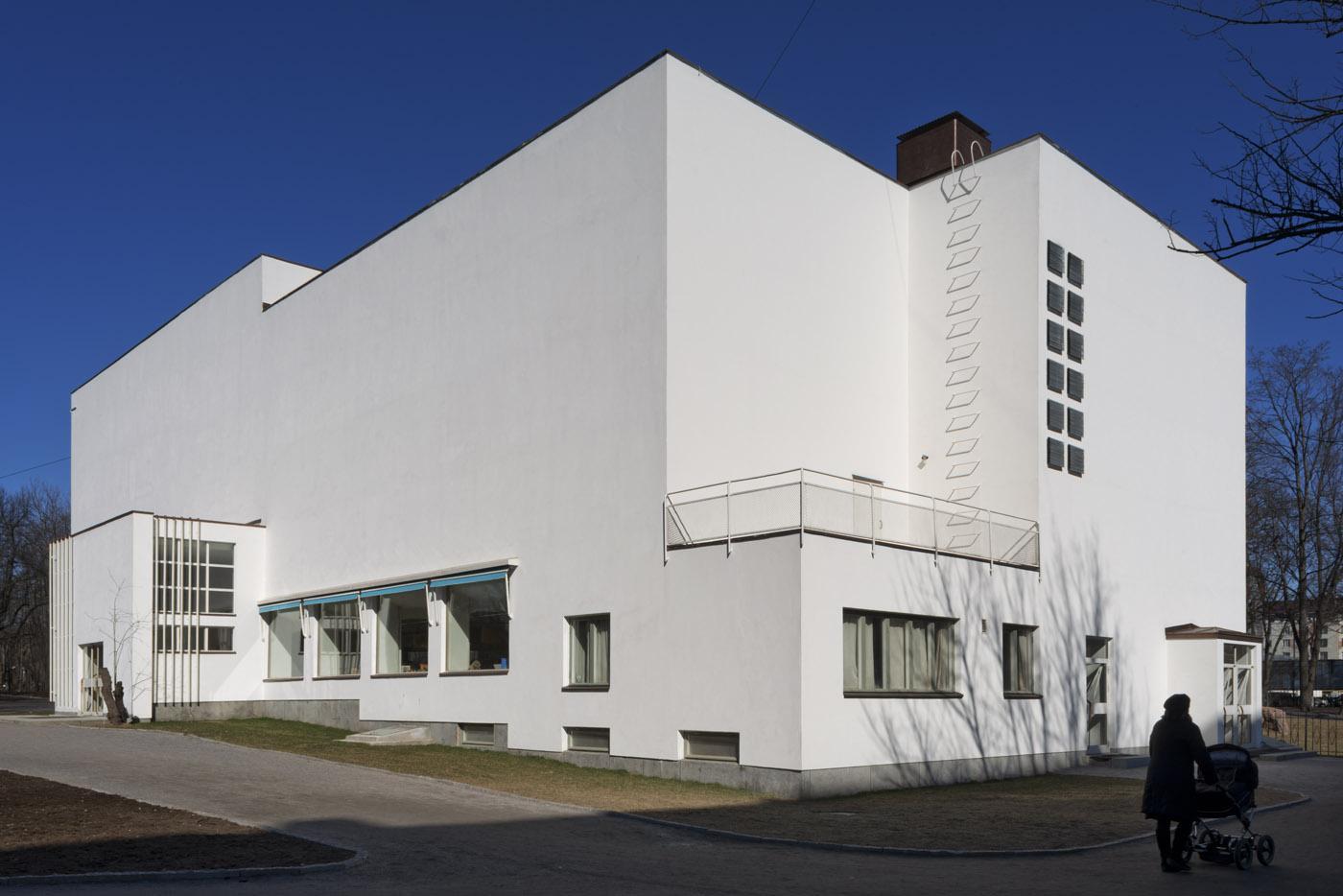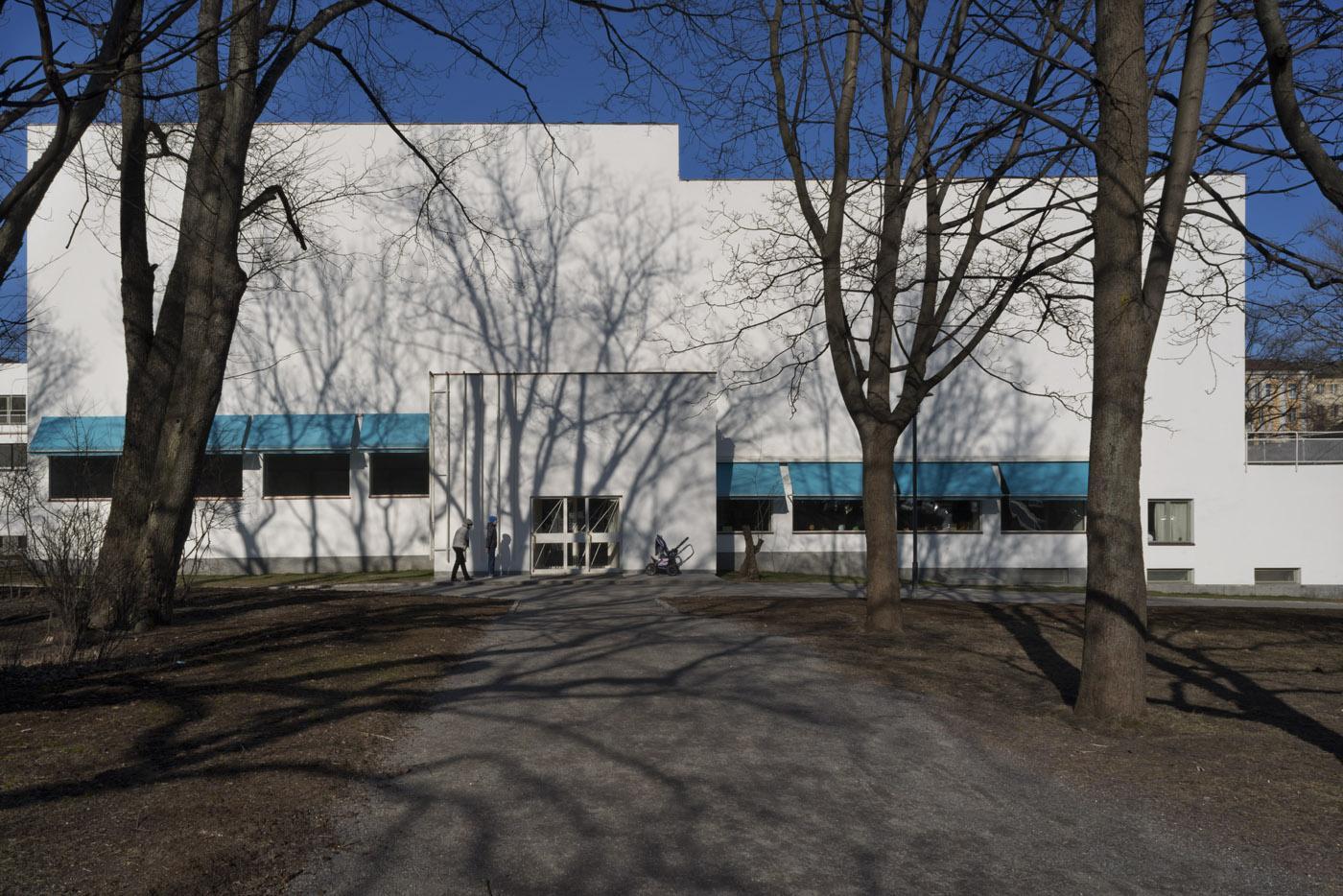Vyborg Library
Discover this destination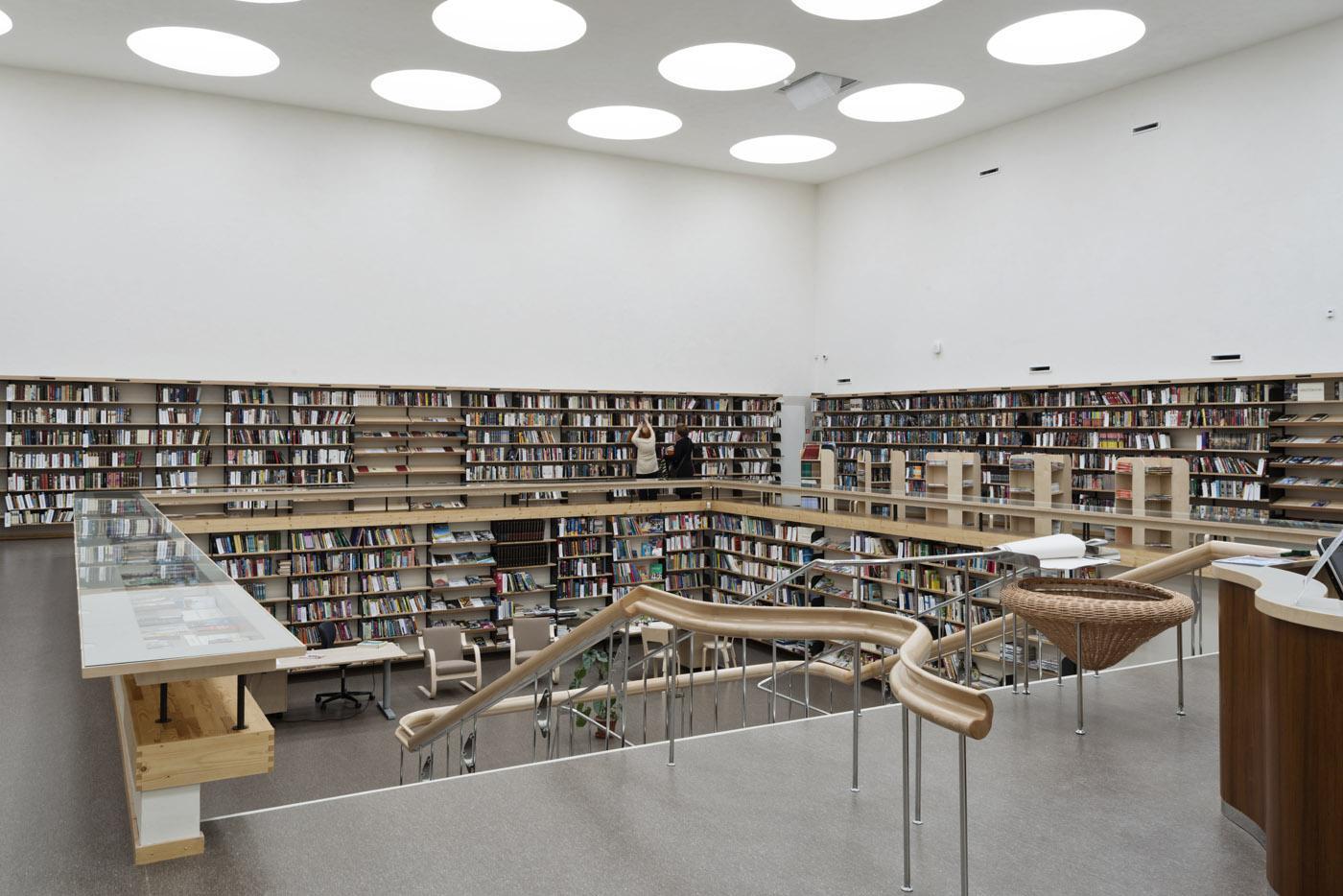
The Alvar Aalto Library in Vyborg, completed in 1935, was one of the buildings that brought Aalto worldwide fame. The history of the competition and design for Vyborg Library is crucially linked with Alvar Aalto’s changeover from classicism to functionalism. The ideas developed for the Viipuri Library competition remained central to the work of Aalto’s office throughout its existence.
Amongst Alvar Aalto’s buildings, the Vyborg Library has had an unusually varied history. Aalto won the competition for the Library in 1927 with a completely Classical proposal, but because of the Great Depression, the construction of the Library was postponed several times. The planned site for the library building also changed from the original plans and also funding initially allocated to the Library was used, instead, to erect a statue of an elk in front of the site where the Library would have later been. The Library was eventually completed in 1935, a modern and progressive building with a formal language developed from Aaltos previous projects: the Turun Sanomat building and Paimio Sanatorium.
The building has two main elements: firstly the library itself, with its various departments, and secondly the socially active part of the library, the clubrooms. The Vyborg Library was also one of the first libraries in Finland at that time, that offered possibilities for other social activities in addition to the library itself. A lot of attention was also focused on the transformability of the spaces inside the building, where for example curtains were used as a room divider. The building consists of three separate libraries: the main hall, the children’s library and the newspaper hall. The main entrance to the building is placed in the library’s northern facade, while the children’s library and the newspaper reading room are located on the eastern and southern facades of the building. In addition to the distinct design language of the building, functionalist features can also be recognized in its light and unostentatious façade, flat roof, skylights and in long rows of windows running the length of the building.
In the Second World War, Finland lost Vyborg to the Soviet Union. The Vyborg library survived the war period, but it remained unused for a decade before some renovations were carried out under the Soviet authority. After the Soviet repairs, the Library functioned again as the Municipal Central Library as originally intended, and was the soul of cultural life in Vyborg.
However, eventually over time the Library fell gradually into disrepair. Eventually, at the start of the 1990s, the city of Vyborg asked Aalto’s architects office for help with planning the repair work. With support from the Finnish Ministry of the Environment, architect Elissa Aalto set up a restoration-working group, which developed into the current restoration association. The goal of this restoration project that spanned national borders was to re-instate the building’s original architectonic value. The renovation, which initially progressed slowly for financial reasons, was given a boost in December 2010 by funds from the Russian government.
The restored Library was opened to the public in November 2013; marking an end to twenty years of work. The restoration work of the library has since received awards for the exceptionally high-quality result and the laudable international cooperation. Nowadays the library is considered to be an important public building for the locals as well as a popular destination for travellers.
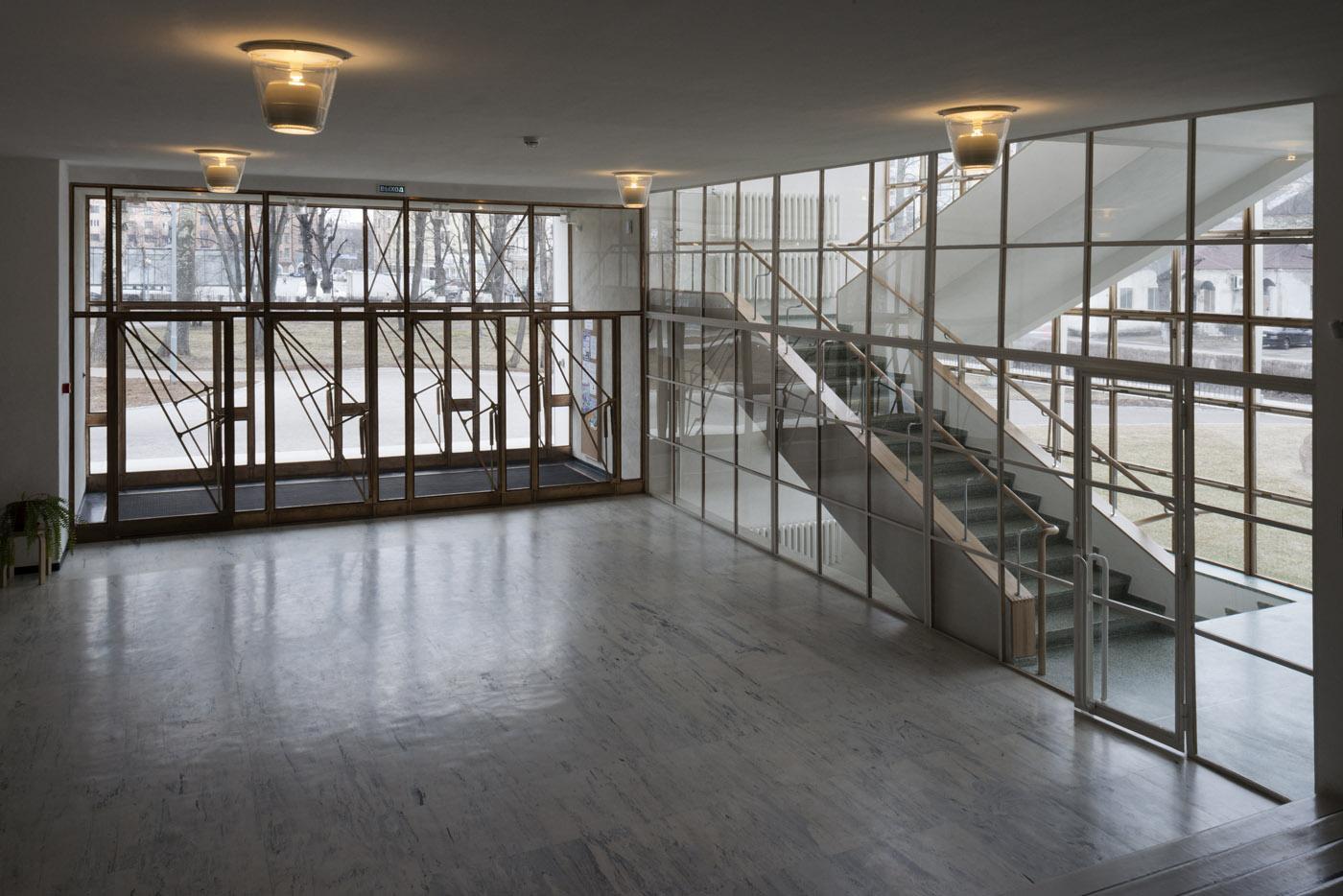
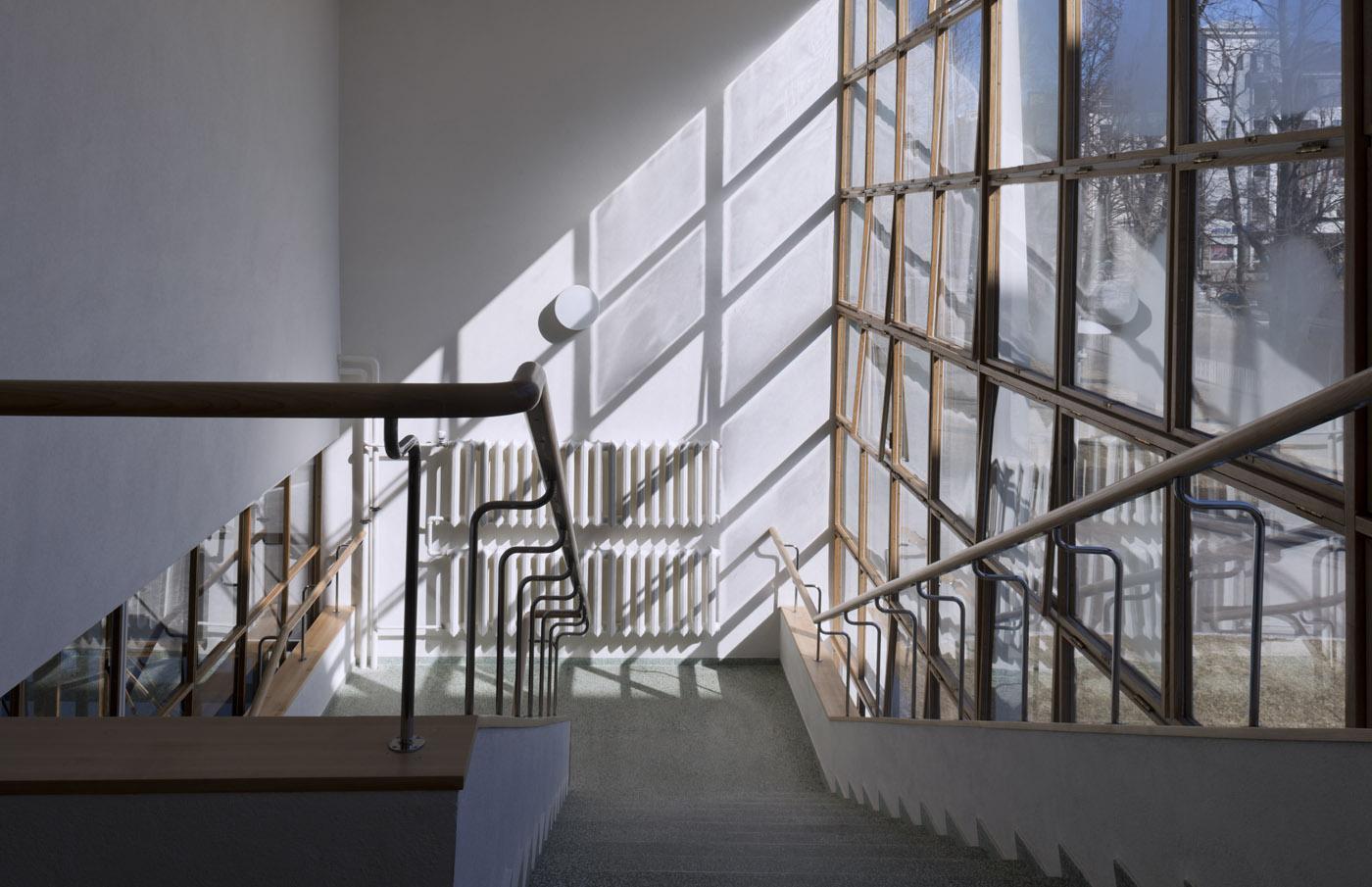
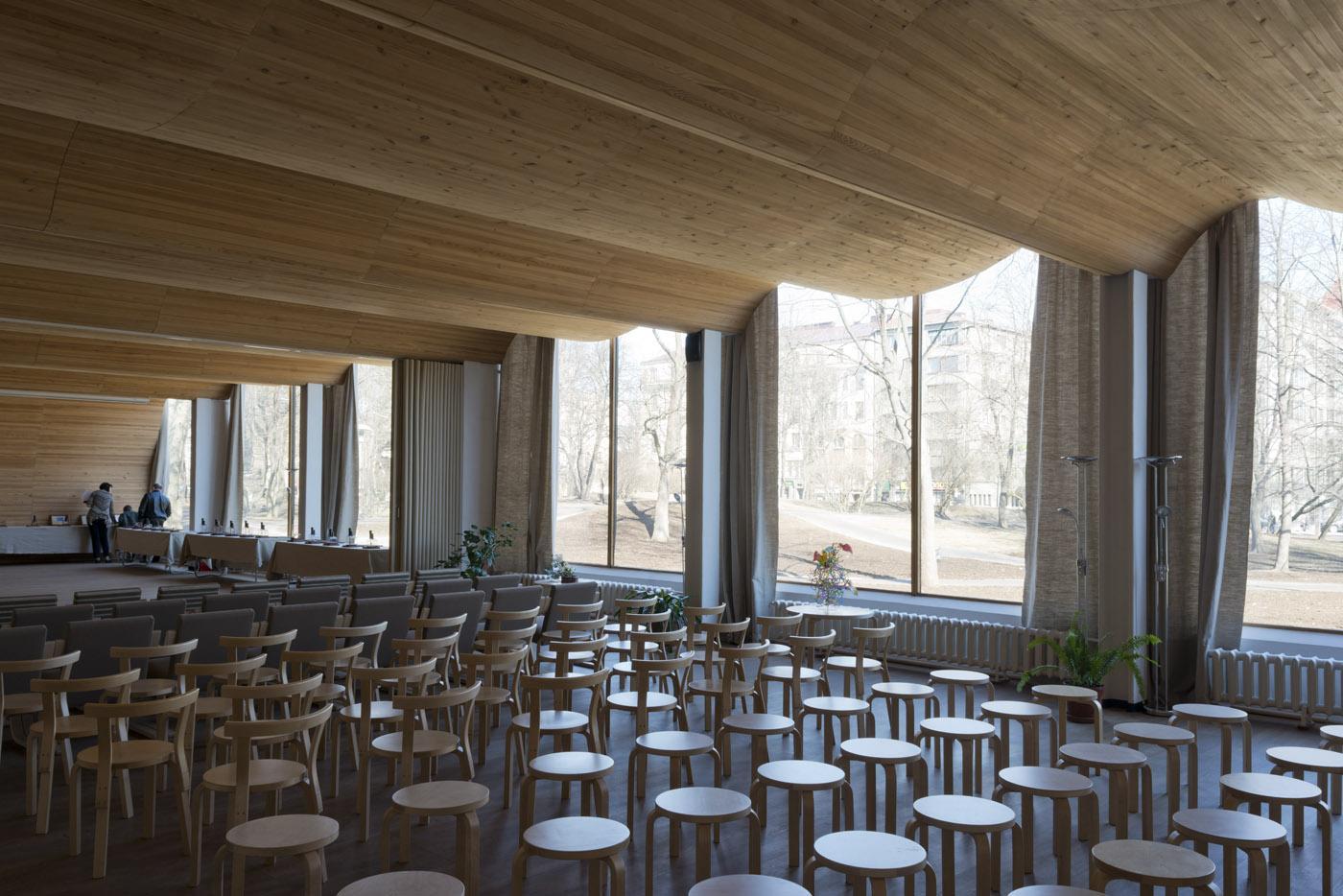
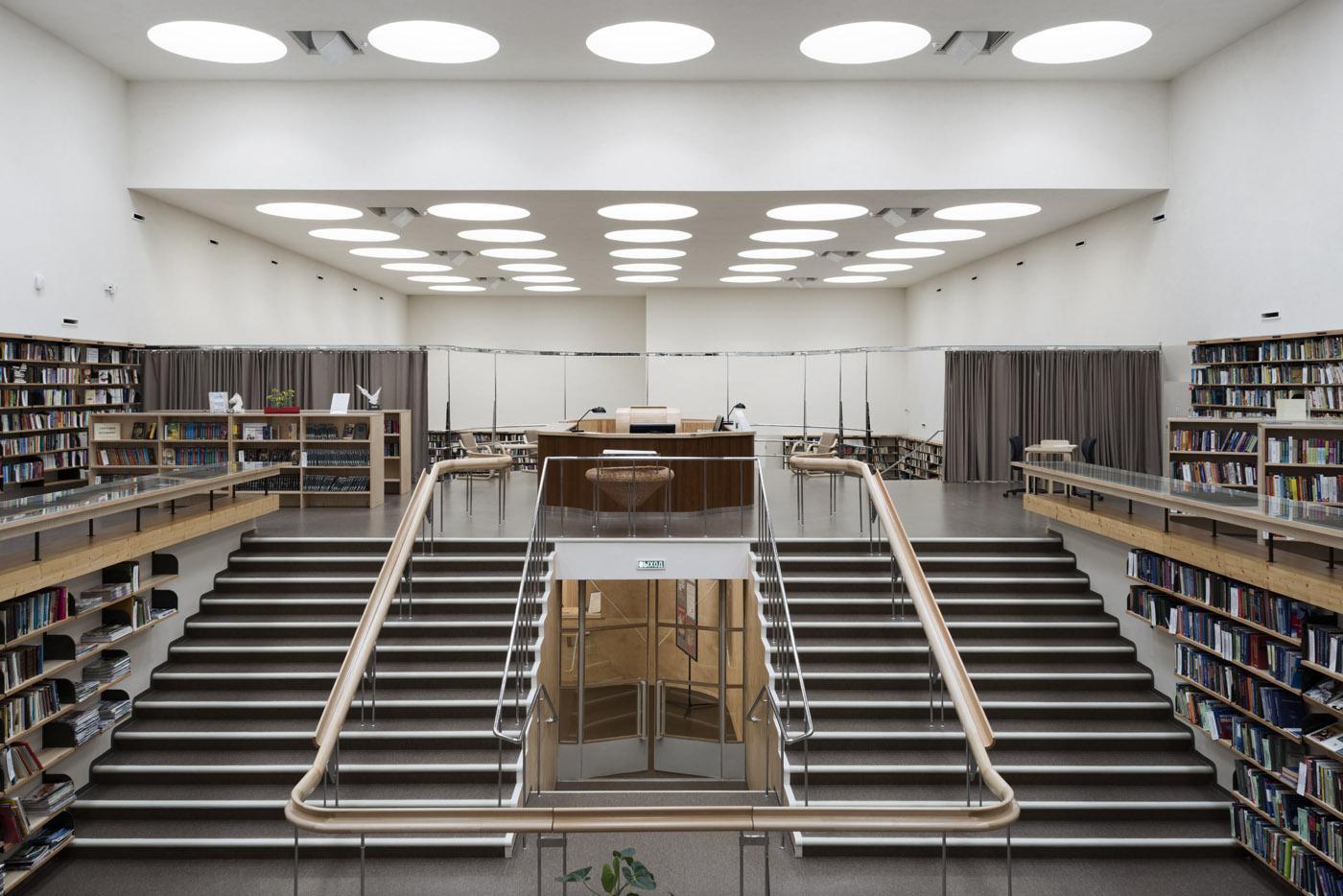
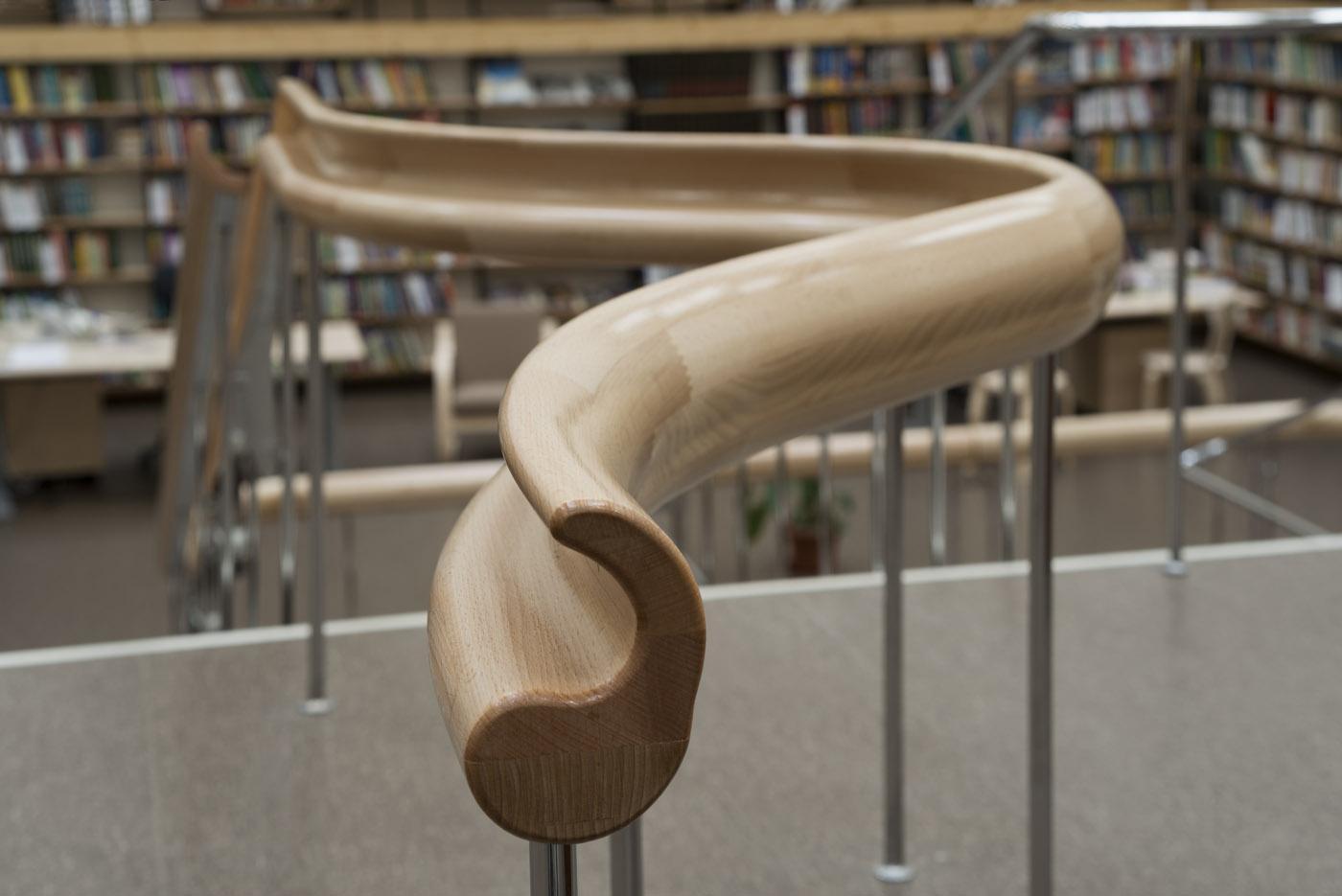
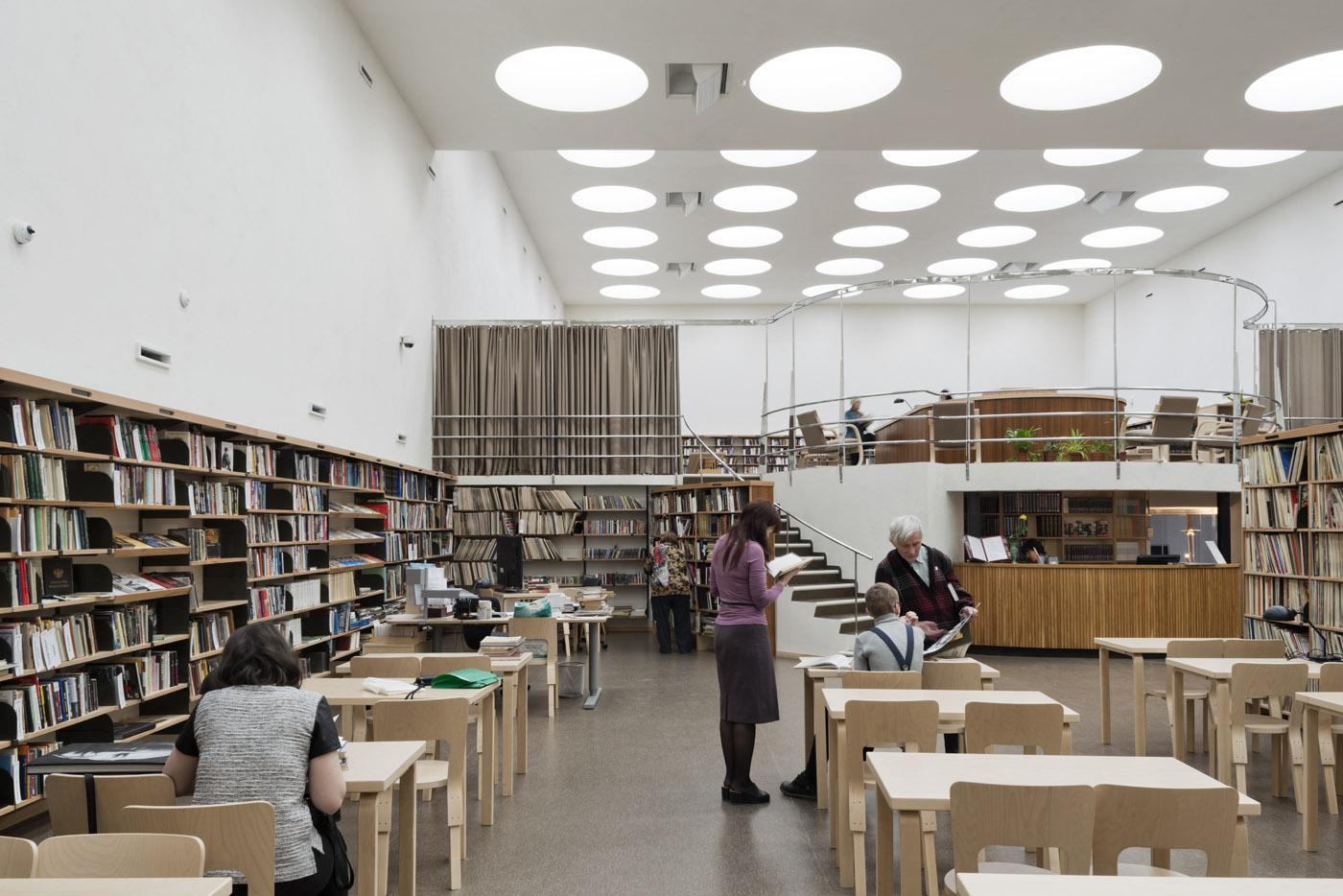
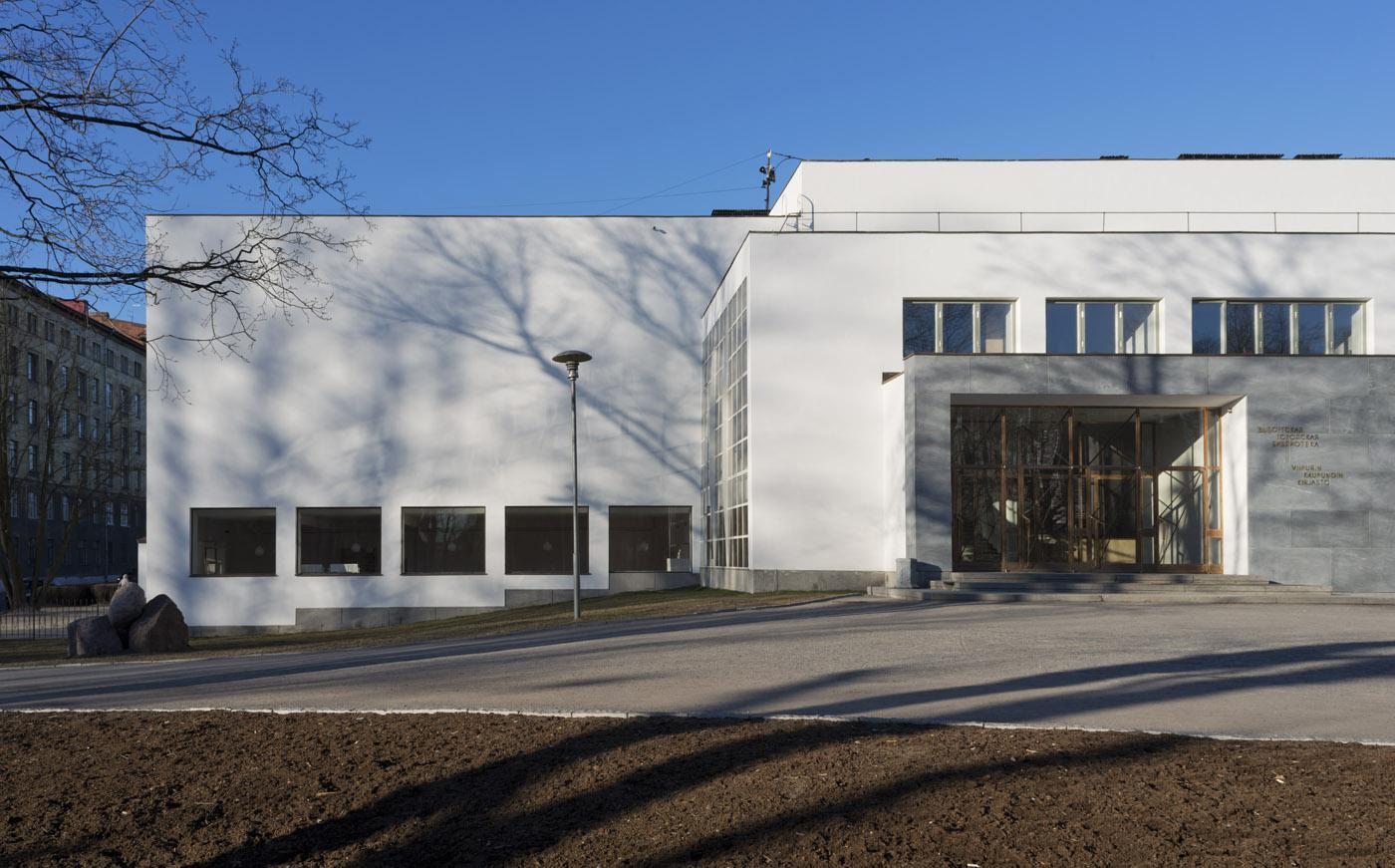
Vyborg Library

